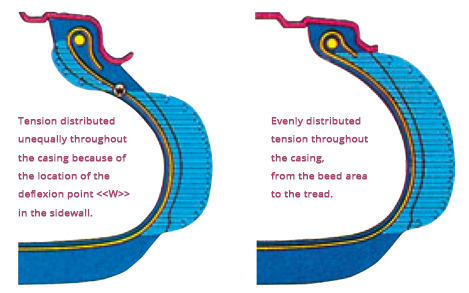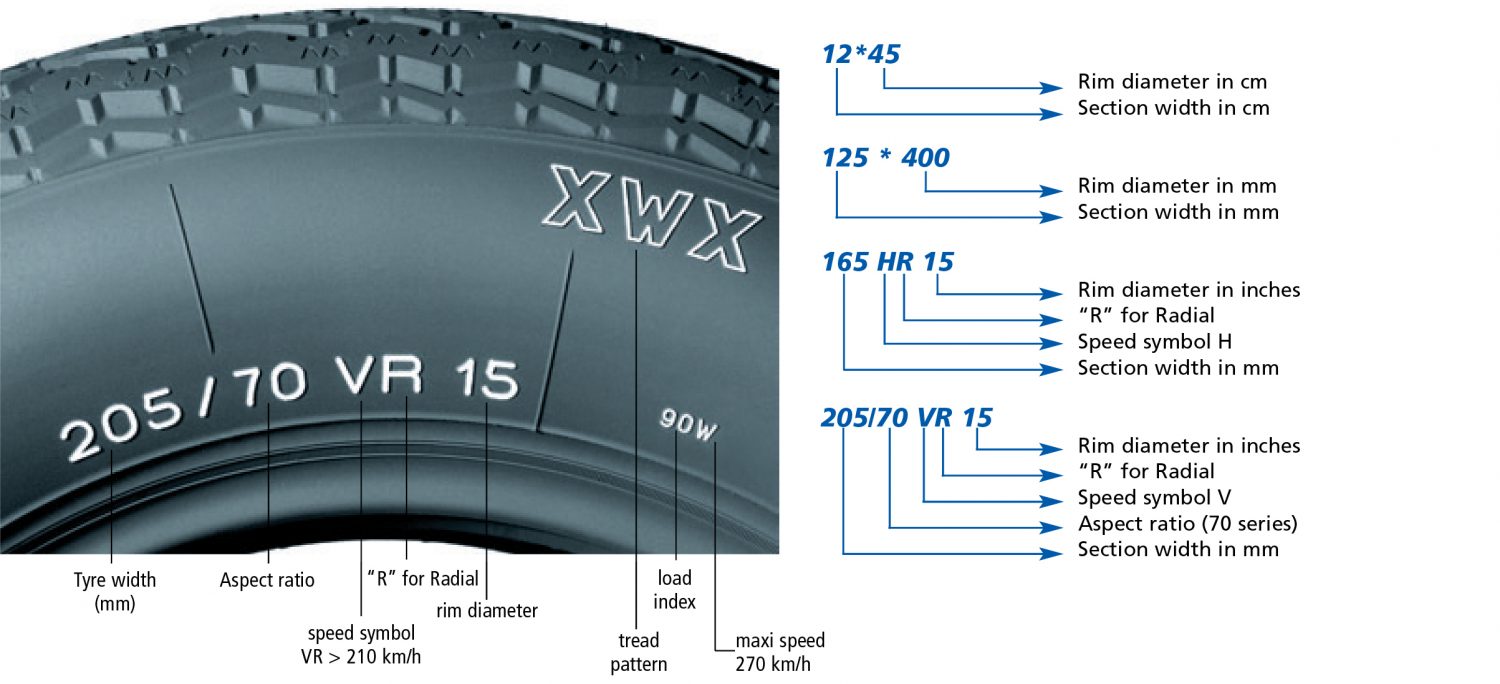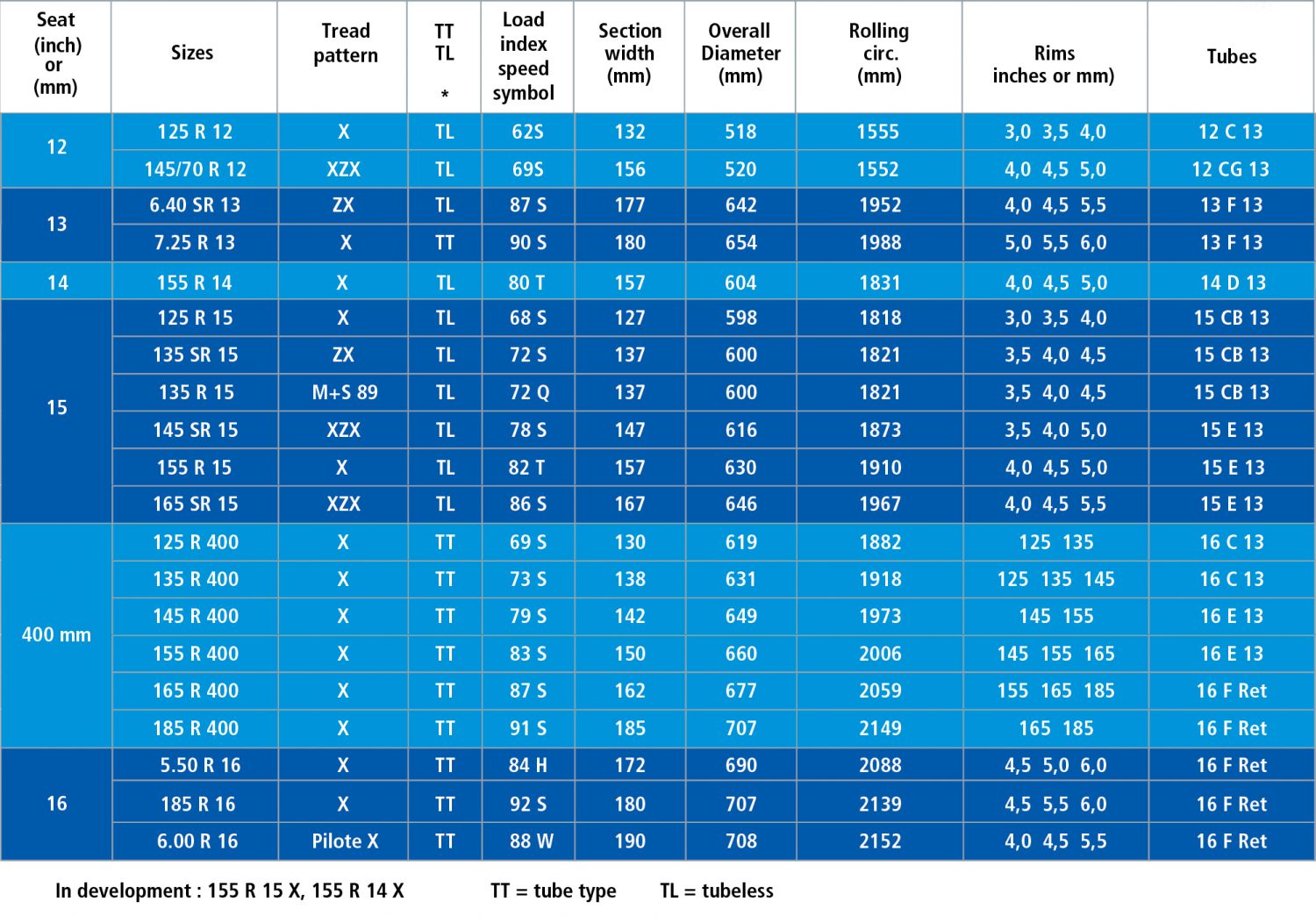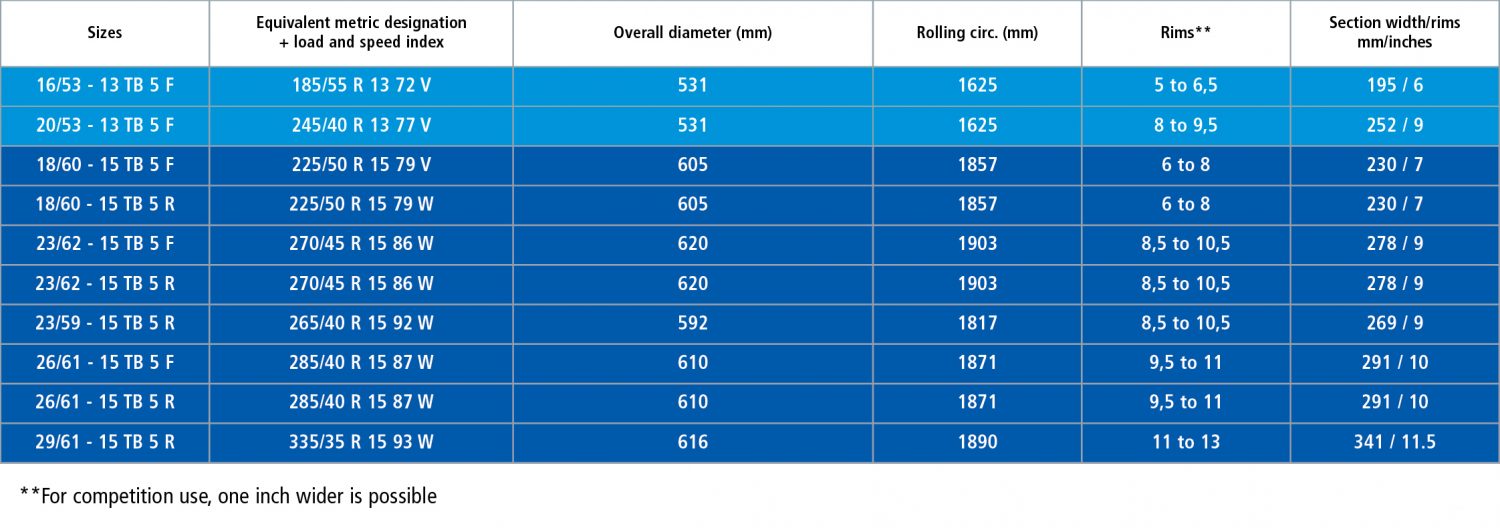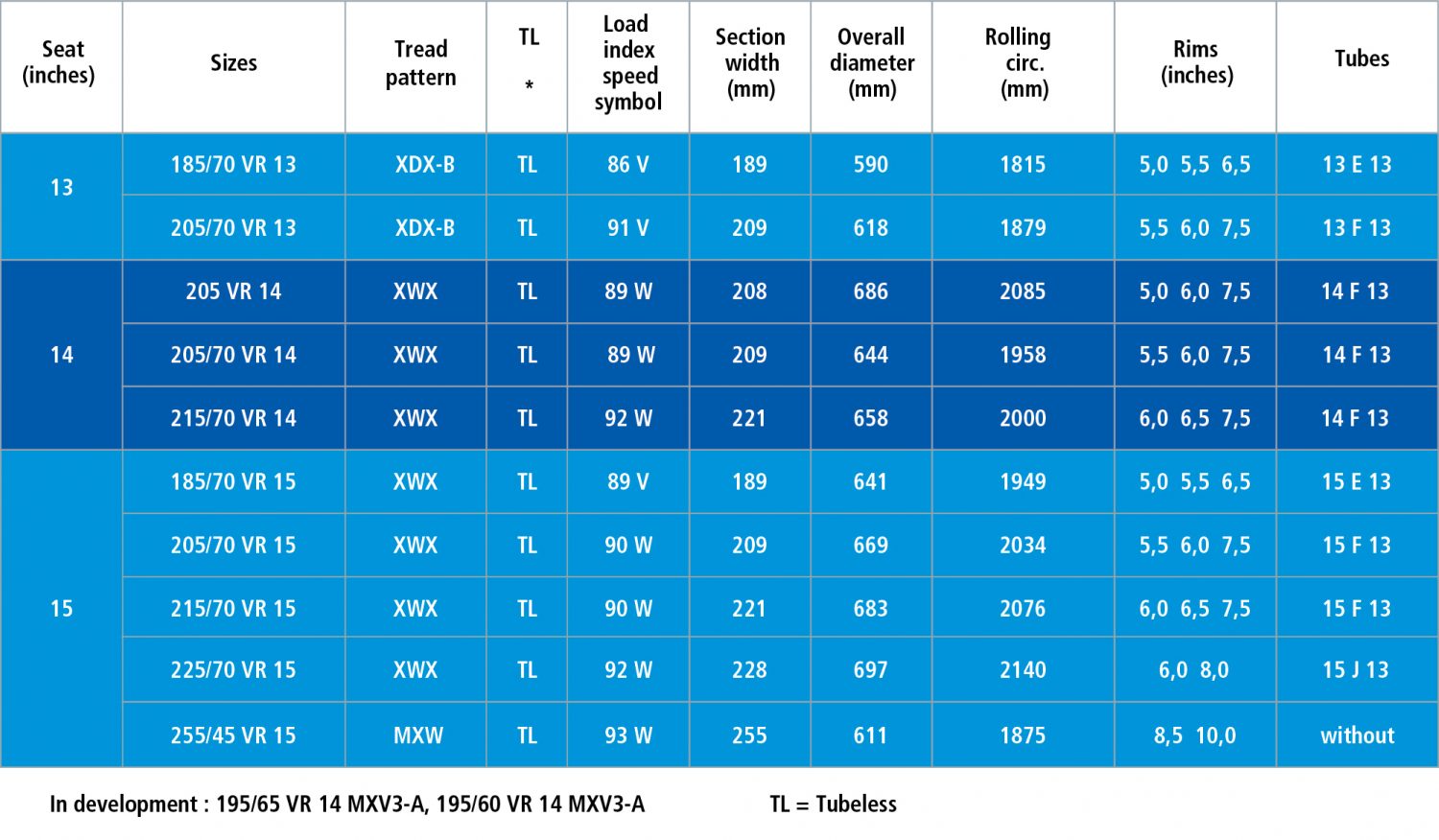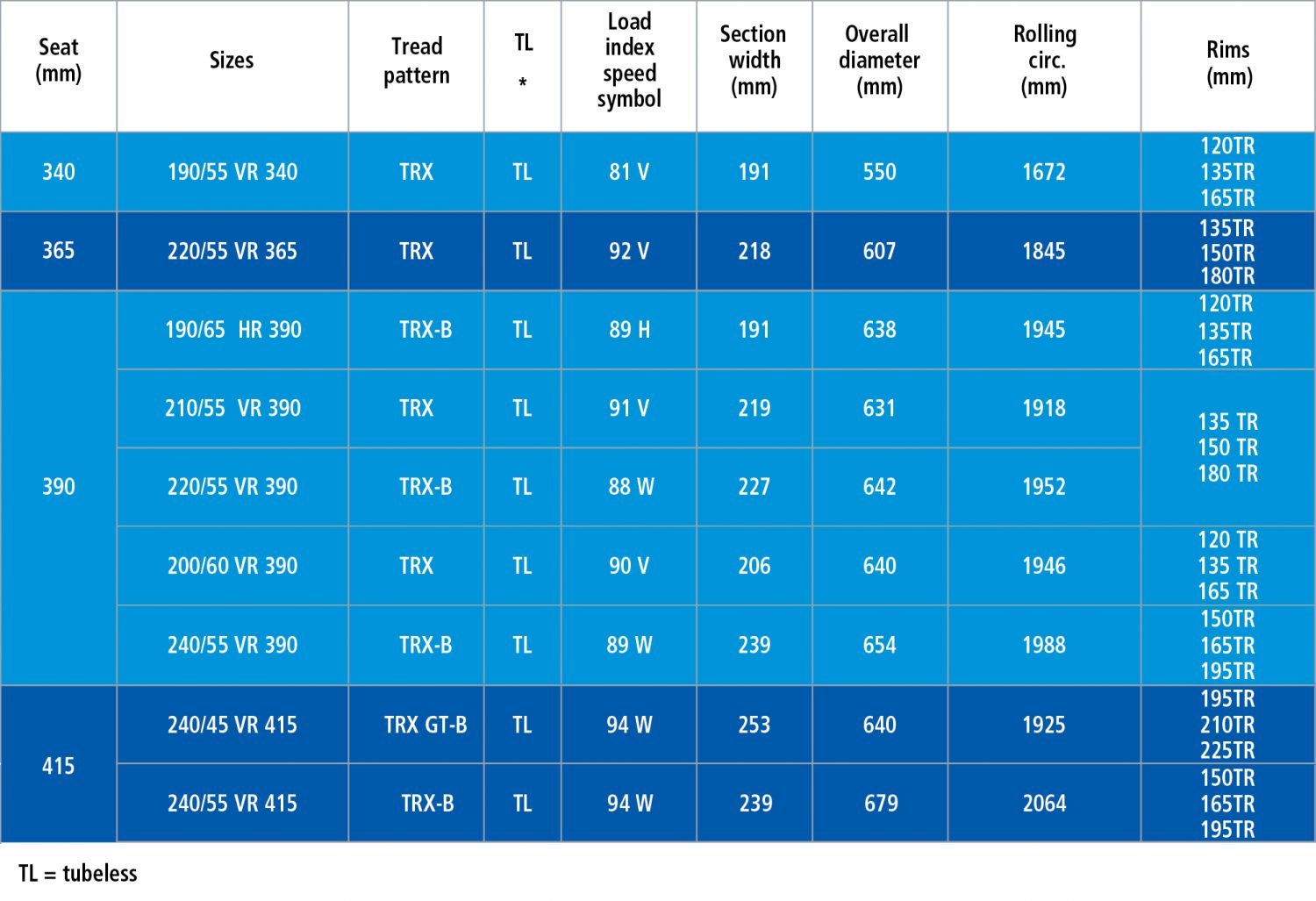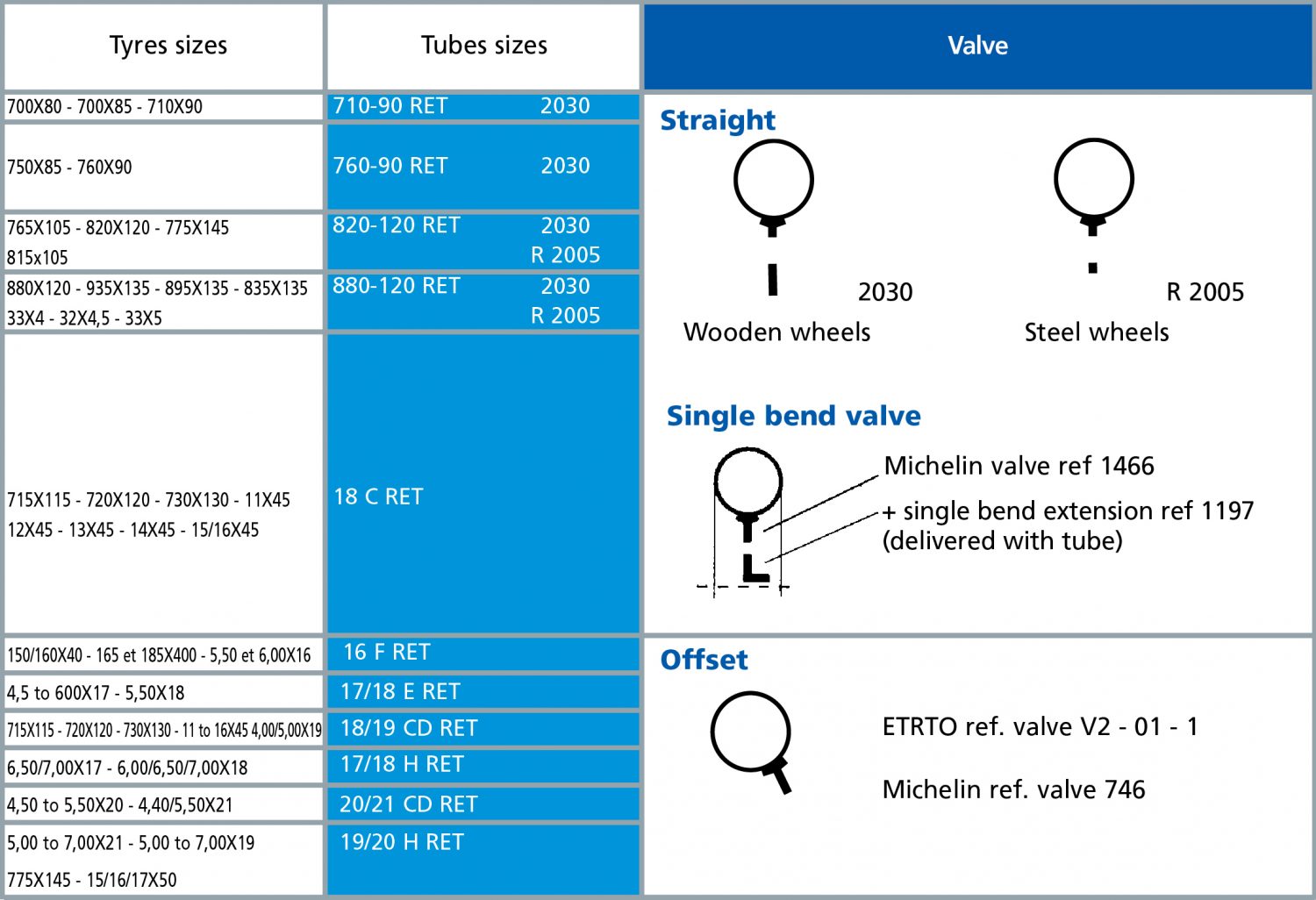
MICHELIN CLASSIC TYRES
Tyre Sizes and Designations

Authenticity & Technological Know-how
Michelin today offers a range of tyres for classic cars which will fit a number of vehicles made between the Thirties and the end of the Seventies.
Tyres made for fitment of classic cars – F.I.V.A. definition of a classic car:
- Which is at least 30 years old,
- Which is preserved and maintained in a historically correct condition,
- Which is not used as a means of daily transport,
- And which is therefore a part of our technical and cultural heritage.
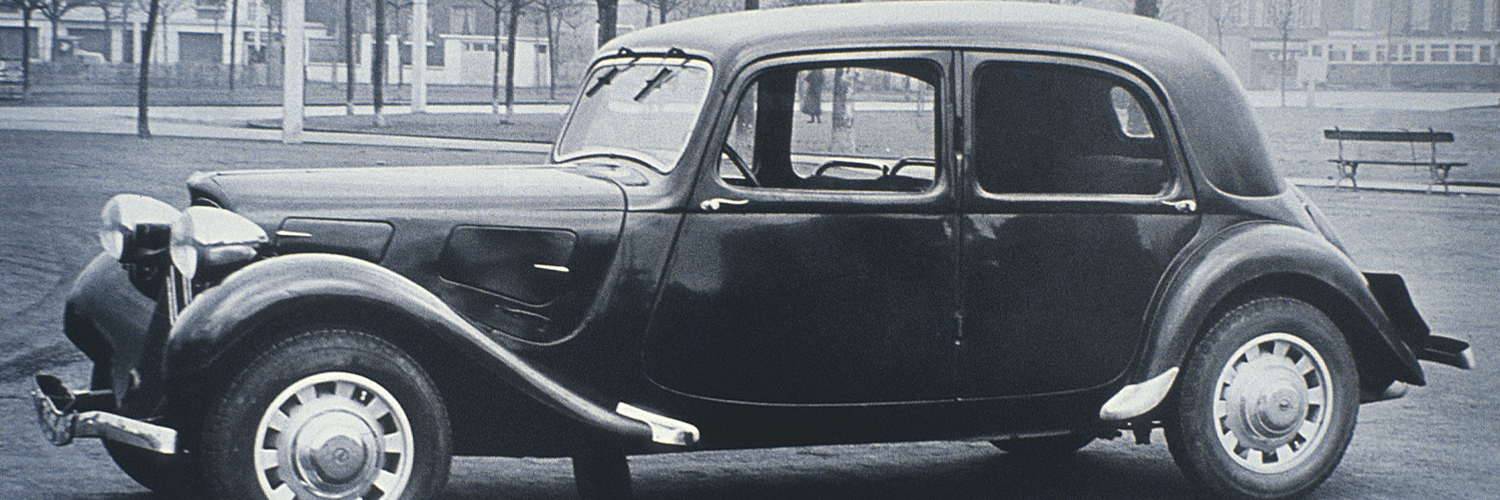
Cross-ply Tyres With Bead Wires
Replacing beaded edge tyres, cross-ply tyres with bead wires formed the second generation of detachable tyres. These tyres benefited from two major innovations: the introduction of carbon black and the appearance of textile wire cords in the tyre carcass.
In the category of cross-ply tyres with bead wires, we currently market two products:
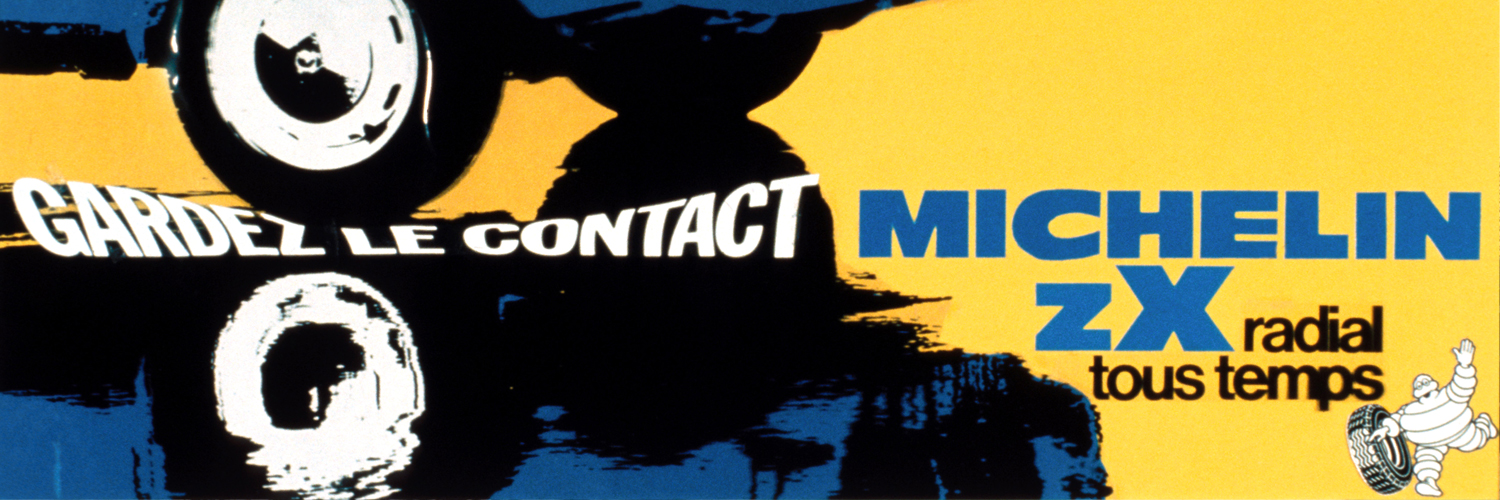
The Revolutionary X Tyre
Technical Information
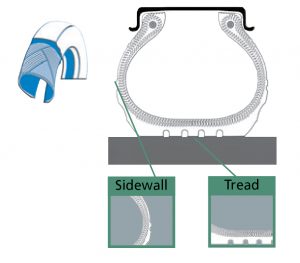
Crossply: This cross-section shows the single-concept structure of the cross-ply tyre. From bead to bead, four layers (at least) of textile fabric extend from one sidewall to the tread, going over to the other sidewall. The sidewalls and tread are not differentiated. The detailed pictures portrays the overlapping cords. These make up a thick mass of innumerable superimposed layers which represent as many areas of friction. A consequence of this is the appearance of “shearing” motions. The longitudinal cross-section show on the bottom left-hand side illustrates the shearing effect between the superimposed layers.
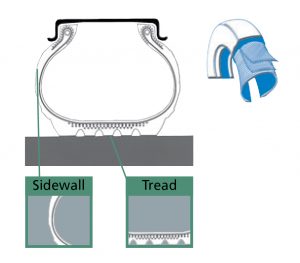
Radial: One can easily see the specialisation of the functions of sidewall/casing and tread. The sidewalls are made up of single layer of textiles plies, and so are not affected by the “shearing” phenomenon. The textile layer, like the rubber layer covering it, is thin and is therefore flexible. The considerable flexibility of the sidewalls results in better handling as well as fuel savings.
As for the tread, it is made rigid through a triangulation effect brought about by combining the casing layer with two layers of steel cord bracing plies (3 for the X tyre). The rigidity of the crown reduces wear of the tyres an improves road-holding.
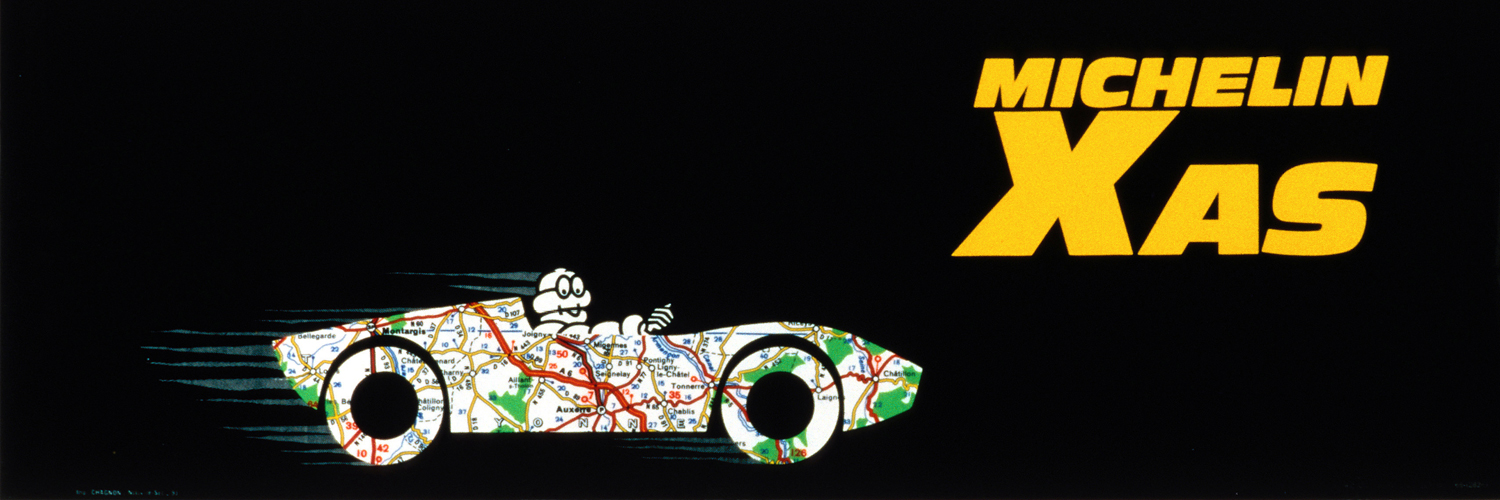
XAS Tyre | Driving Precision
From its launch in 1965, the XAS remained the reference tyre until the end of the 70s. The first tyre was an asymmetrical tread pattern, the inside and outside of the XAS work differently to give the car a good balance.
Pneu TB | A Race Tyre For The Road
The Seventies, as motor sport technology evolved so a special tyre was required. For the amateur racer the TB in its intermediate compound form, known as the 15, provided the best compromise between a race tyre and a multi-purpose product. It returns with an additional card up its sleeve: today, the TB range is road legal.
TB 5F & TB 5R | The King Of The Dry Road
We have now added TB 5 F and B 5 R. This uncompromising tyre has a semi slick tread pattern for the ultimate in dry performance. The TB 5 F has a soft compound and the TB 5 R a medium compound. These tyres are fully road legal.
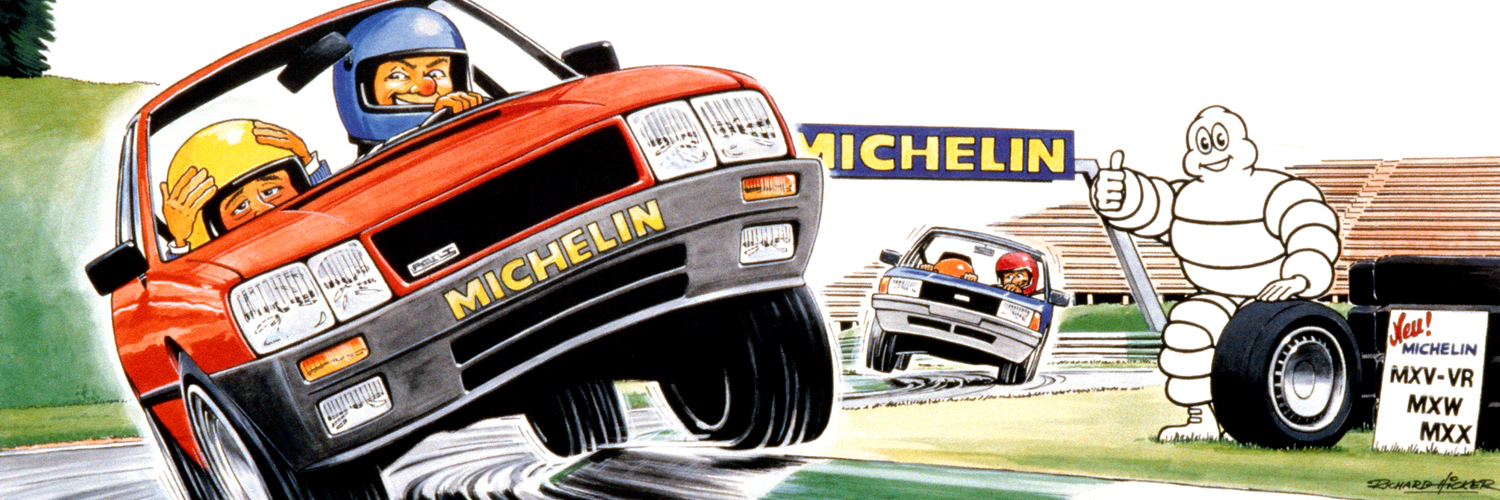
XWX Tyre | Pushing Back The Boundaries
The only radial tyre which could be fitted on the fastest cars in the world in the 70’s, the XWX gives these high speed vehicles outstanding road holding and remarkable grip.
TRX Tyres | An Other Revolution
The TRX, a radial tyre with even tension
Is a new stage in the development of radial technique: the casing and the rim are designed together and adapted to the specific needs of the vehicle.
This tyre reconciles two mutually exclusive qualities: greater comfort (formerly the prerogative of the high, supple sidewalls) and more responsive handling (formerly the prerogative of the low, rigid sidewalls).
